4 Drought-Resistant Plants That Love hot, Dry Weather
If you live in an area that is prone to frequent droughts, give these tough, drought-resistant plants a try!
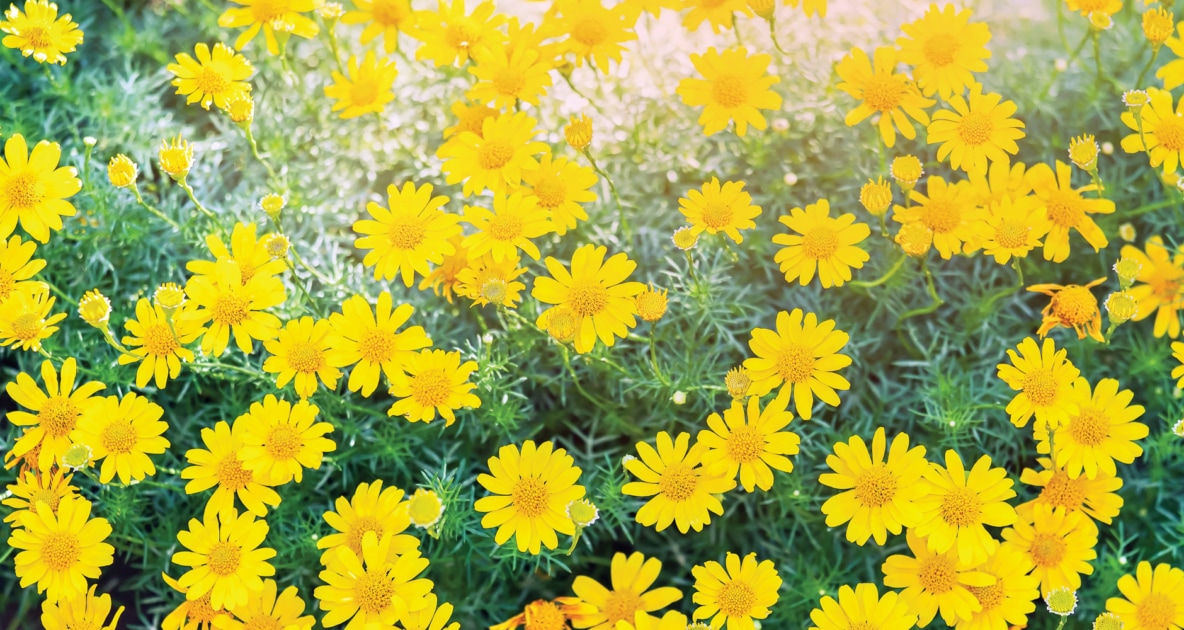
There’s nothing more discouraging as a gardener than watching your plants shrivel up and die during a drought. Since gardeners can’t control the weather, the only practical solution is to control what we plant. If you live in an area that is prone to frequent droughts, give these tough drought-resistant plants a try:
1. Dahlberg Daisy (Thymophylla tenuiloba)
This cheerful yellow bloomer is also known as Golden Fleece, bristleleaf, and pricklyleaf. It is an annual that self-sows, so a multitude of cute little volunteers will show up year after year. You can plant seeds as soon as the ground is warm, or you can get a jump on the season by starting plants indoors. They’ll produce flowers all summer, until frost. Dahlberg daisies can be grown in any USDA Hardiness Zone from 1 to 11.
2. Purple Coneflower (Echinacea purpurea)
This perennial is both heat and drought tolerant. It is so tolerant of bad conditions that, if your soil is too good, the plants might require staking! The purple coneflower produces single flowers on long sturdy stems. Petals range from soft lavender to purple and surround a red-orange coned center. They grow well in full sun to partial shade. Purple coneflowers are at home in USDA Hardiness Zones 3 to 9.
3. Russian Sage (Perovskia atriplicifolia)
Lavender blue flowers complement the delicate silvery-green foliage of this perennial plant. Tolerant of poor soil and drought, this woody, multi-stemmed plant is low maintenance and produces 12-inch spiky blooms from July through frost. Plants reach sizes of four to five feet tall by three to four feet wide. When in full bloom, Russian sage appears as a light purple haze from a distance, making it a nice backdrop for low-growing white or yellow flowers. This variety, as well as many other sages, performs well even in hot and humid climates. Russian sage does best in USDA Hardiness Zones 4 to 9.
4. Moss Rose (Portulaca grandiflora)
If you need a low plant that flowers where it’s hot and dry, try moss rose. This annual’s flowers come in bright reds, oranges, yellows, purples, and pinks–which contrast nicely with its green, succulent leaves. Moss rose grows four to eight inches tall and spreads as much as two feet, making it a great groundcover. You should plant moss rose seedlings in full sun, after the last threat of a frost has passed. If you tried moss roses in the past, but were discouraged because they didn’t open until noon and closed at dusk, you might want to try them again. Newer varieties that stay open longer have been developed. Moss roses do well in USDA Hardiness Zones 3 to 9.

Judy Kneiszel
Judy Kneiszel is a freelance writer from De Pere, Wisconsin. She contributes to regional and national magazines and newsletters, writing on a wide variety of topics including food, farming, health, renewable energy, and running a small business.

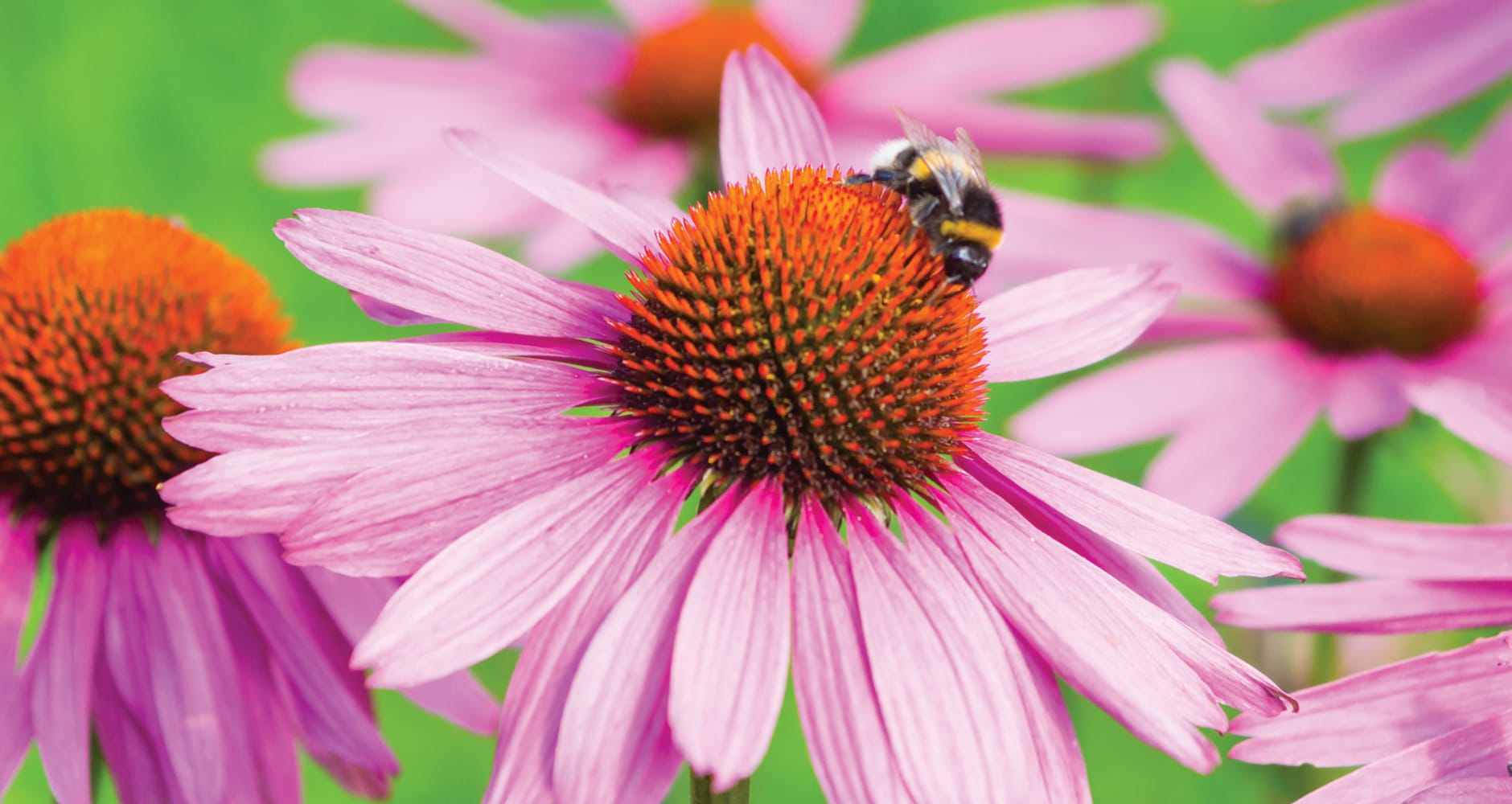
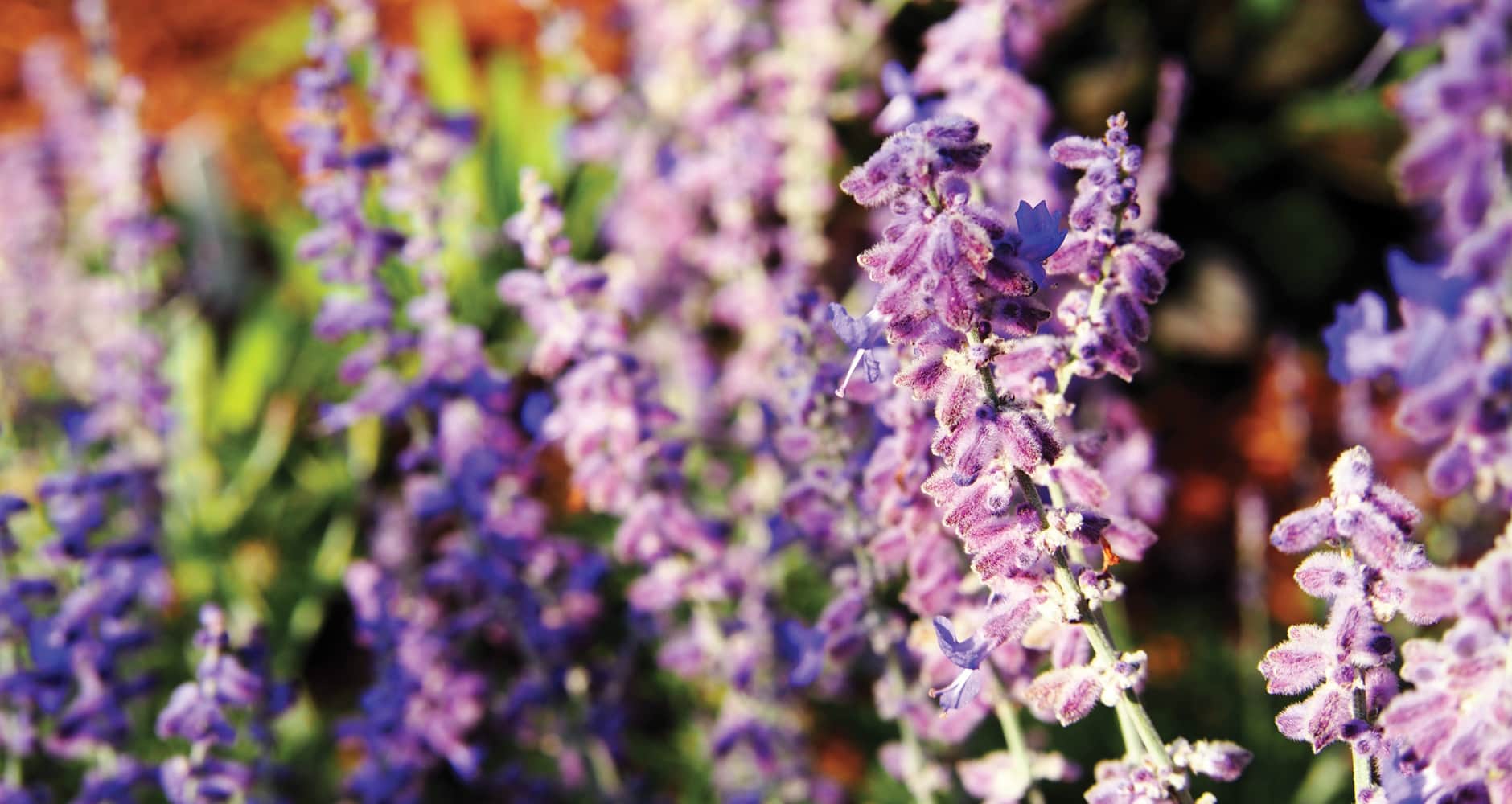
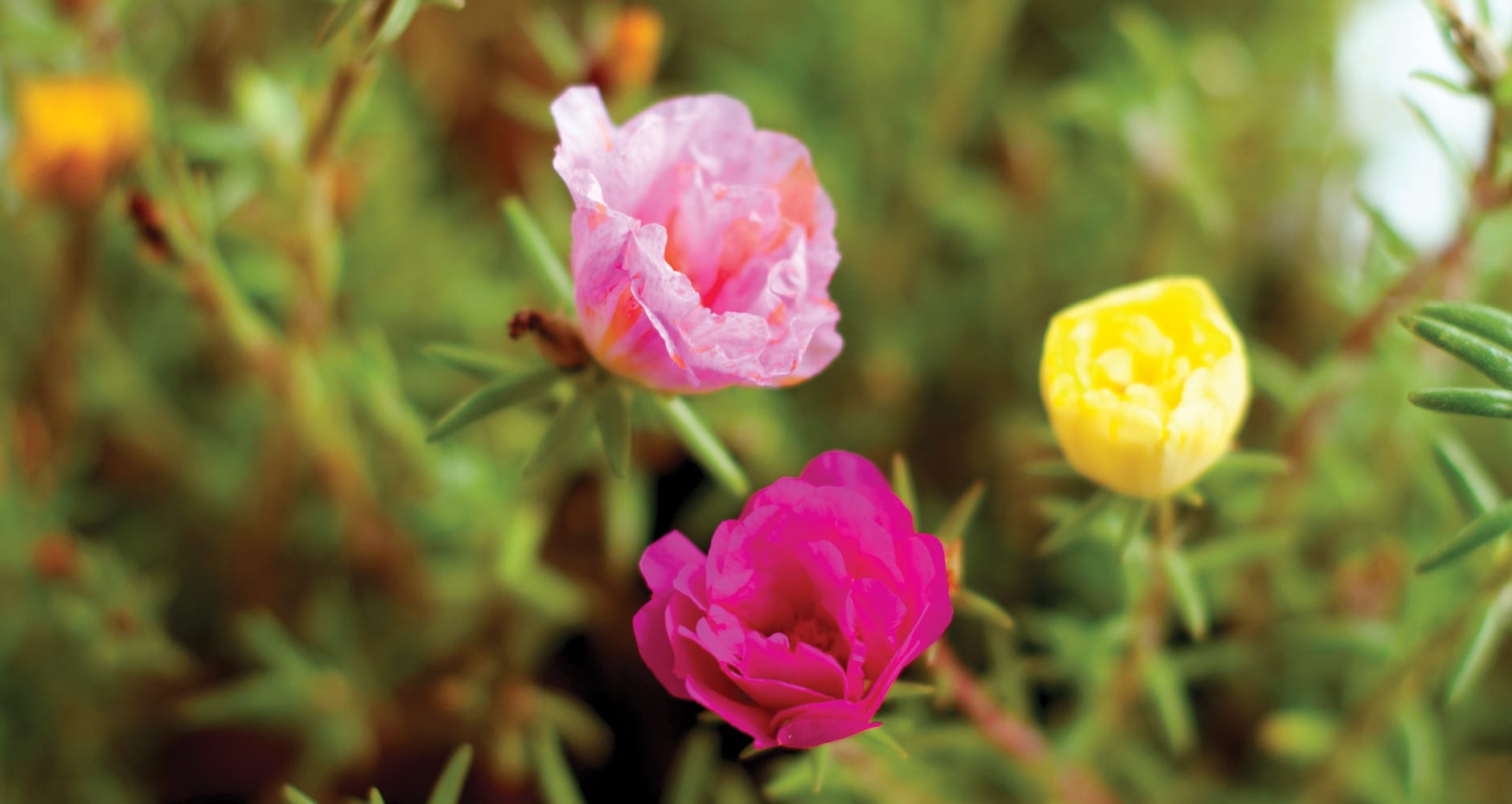

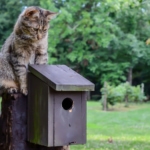
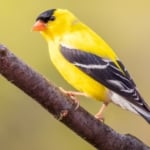


I live in zone 6. West wind is a problem. What flowering bush can withstand high winds.
Russian sage is very invasive! Be careful where you plant it
I was going to say…but the this moisture won’t last all year, so Drought Resistant flowers are a must.
Looks like we to get rain here the rest of week, but the moisture